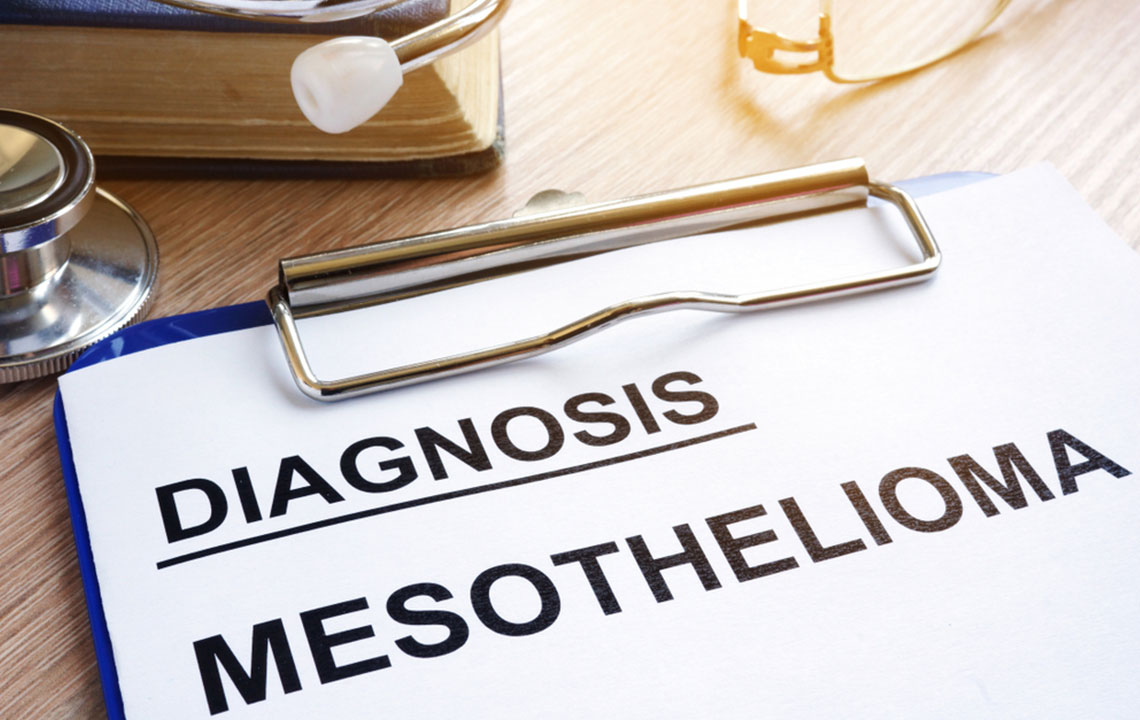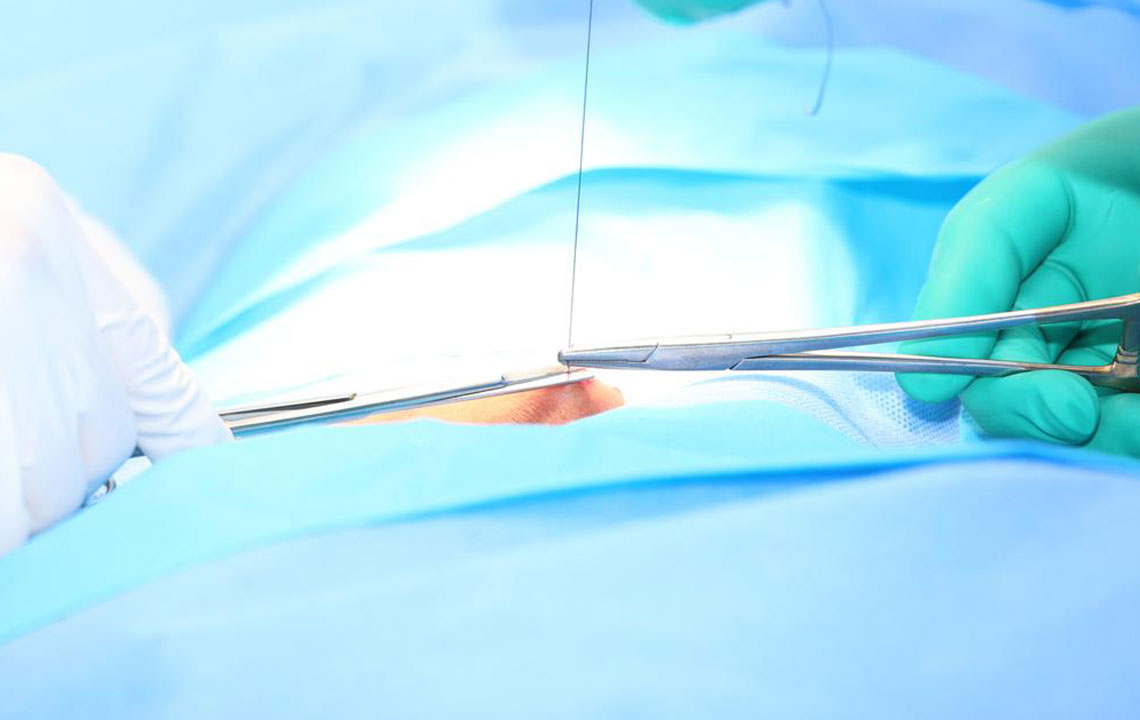Effective Treatments for Dupuytren’s Contracture
Discover effective treatments for Dupuytren’s contracture, including non-invasive options like enzyme injections and radiation therapy, as well as surgical procedures for advanced cases. Early intervention can prevent severe hand deformities and restore functionality.

Effective Approaches to Managing Dupuytren’s Contracture
Dupuytren’s contracture is a condition characterized by the tightening of fibrous tissue in the palm and fingers, leading to finger curling and possible hand deformities. The disease involves progressive thickening and contraction of fascia, causing the fingers to bend inward over time.
Signs and symptoms include: Small lumps and nodules appearing in the palm, which may initially be tender but subside later. As it advances, these nodules form dense bands of tissue that pull the fingers inward, impairing daily functions.
Early detection is crucial to manage symptoms effectively and prevent worsening disability. Various treatment options include:
Non-invasive options are typically suitable during the early stages. These involve finger and palm stretching exercises, often under physiotherapist supervision.
Anti-inflammatory injections: Administered directly into nodules to reduce swelling. Multiple injections can diminish nodule size but may be less effective in advanced cases, and they do not reverse existing contractures.
Enzyme injections: Mixed enzymes are introduced to break down the thickened tissue, helping to straighten the fingers. Usually, two injections are needed and may cause side effects such as swelling or bruising.
Radiation therapy: A novel approach involving low-energy radiation aimed at affected tissue, potentially halting disease progression by destroying nodules beneath the skin.
Surgical treatments are reserved for severe cases or when functional impairment occurs.
Open surgery: Involves making an incision to remove or divide the thickened fascia. Sometimes skin grafts are necessary to facilitate healing.
Needle aponeurotomy: A minimally invasive procedure where a needle cuts the diseased tissue, offering quicker recovery compared to open surgery.
Note: The information provided aims to inform readers about available treatments. It is not a substitute for professional medical advice. Always consult a healthcare provider for diagnosis and personalized treatment options.










